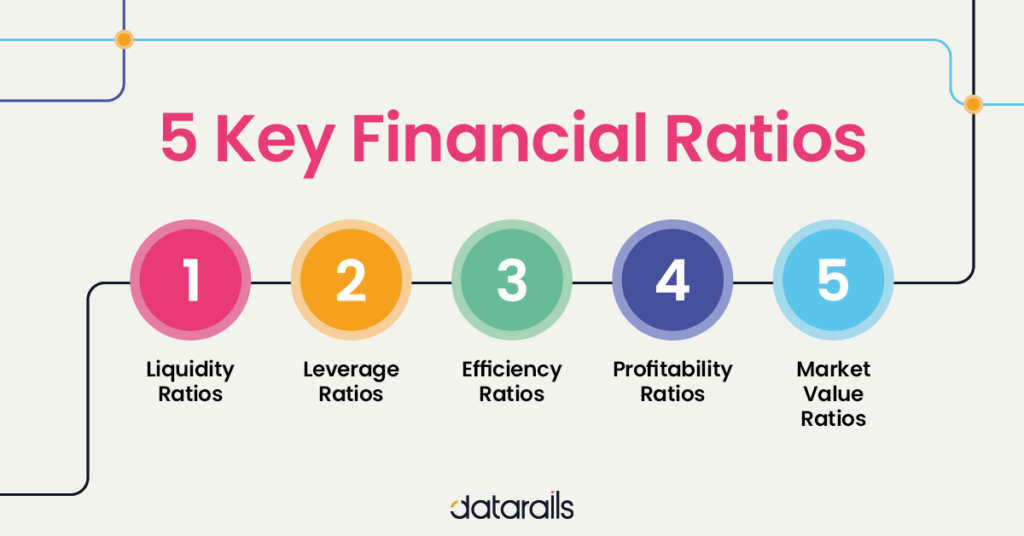Casual Tips About Types Of Financial Performance
:max_bytes(150000):strip_icc()/ScreenShot2022-04-26at10.45.59AM-aab9d8741c8f4ee1aff95f057ca2ab3a.png)
Areas of financial performance analysis.
Types of financial performance. Analysts examine a firm’s income statement, cash flow statement, balance sheet, and annual report. These financial kpis fall under a variety of categories, including profitability, liquidity,. Financial performance takes a broad look at a company’s standing through analysis of its assets, liabilities, revenue, expenses, profit and more.
Financial analysts often assess the firm's production and productivity performance (total business performance), profitability performance, liquidity performance, working capital performance, fixed assets performance, fund flow performance and social performance. The financial performance identifies how well a company generates revenues and manages its assets, liabilities, and the financial interests of its stakeholders and stockholders. The most common types of financial analysis are:
Financial performance measures a firm’s financial health based on assets, liabilities, revenue, expenses, equity, and profitability. Financial performance is a broad term that describes a company’s overall fiscal health. It is a thorough analysis of company financial statements.
The date at the top of the balance sheet tells you. There are two types of financial analysis: Financial kpis (key performance indicators) are metrics organizations use to track, measure, and analyze the financial health of the company.
Balance sheet the balance sheet provides an overview of a company's assets, liabilities, and shareholders' equity at a specific time and date. Financial performance is a complete evaluation of a company’s overall standing in categories such as assets, liabilities, equity, expenses, revenue, and overall profitability. Types of financial analysis.
Fundamental analysis and technical analysis. Types of financial analysis.

















:max_bytes(150000):strip_icc()/Financial-performance-4196424-Final-240df17e57f54106b5a92680ff2465ee.jpg)
